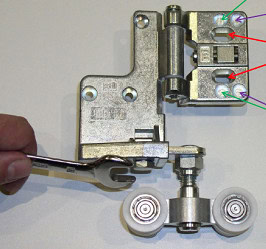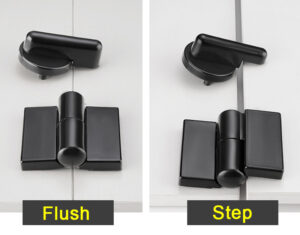Fungus test chamber hinges are an essential part of laboratory equipment used to cultivate and study fungi. These hinges are critical for creating a sterile environment and preventing contamination in the test chamber. In this article, we will discuss the six most common and relevant questions related to fungus test chamber hinges.
What are fungus test chamber hinges?
Hinges are specialized hinges that are used in a laboratory setting to create a sealed environment for the cultivation and study of fungi. They are an essential part of a test chamber and help to prevent contamination by maintaining a sterile environment. These hinges are typically made of stainless steel or other corrosion-resistant materials. And they are designed to be easy to clean and maintain. Hinges are crucial for the accurate and reliable study of fungi and are a necessary component of any well-equipped laboratory.
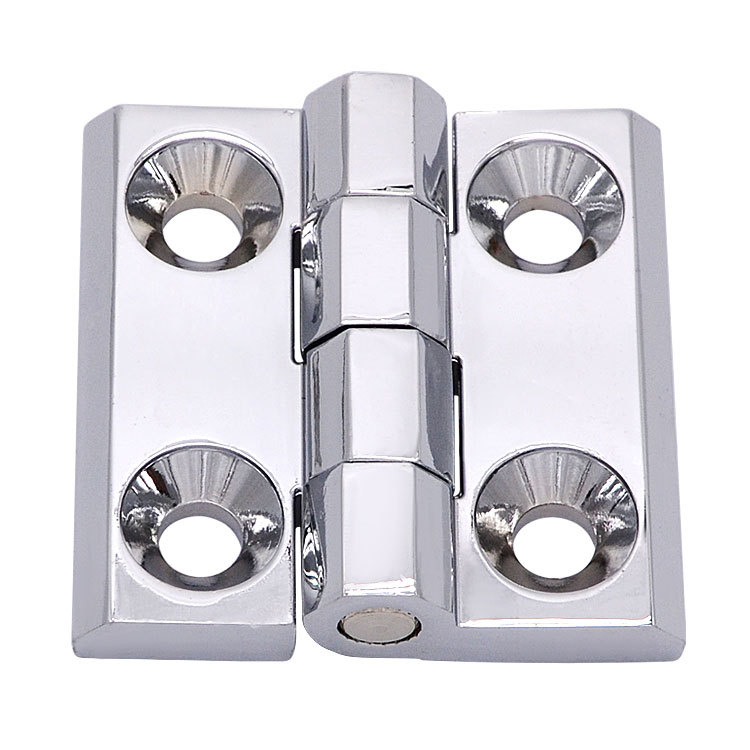
How does fungus test chamber hinges work?
Hinges work by creating a seal around the test chamber to prevent contamination from outside sources. The hinges are designed to be airtight, which helps to maintain a sterile environment for the cultivation of fungi. When the chamber is closed, the hinges press against the chamber walls, creating a tight seal. This seal is critical for preventing the escape of spores or other contaminants and ensuring the accuracy of test results. Fungus test chamber hinges are typically made of high-quality materials, such as stainless steel or other corrosion-resistant alloys, to ensure their longevity and durability.
What are the different types of fungus test chamber hinges?
There are several different types of hinges, each with its own unique features and benefits. Some of the most common types of hinges include fixed hinges, removable hinges, and spring hinges. Fixed hinges are permanently attached to the test chamber and cannot be removed, while removable hinges can be easily removed for cleaning and maintenance. Spring hinges are designed to provide a tight seal while allowing the test chamber to be easily opened and closed. Choosing the right type of hinge will depend on the specific needs of the laboratory and the type of experiments being conducted.
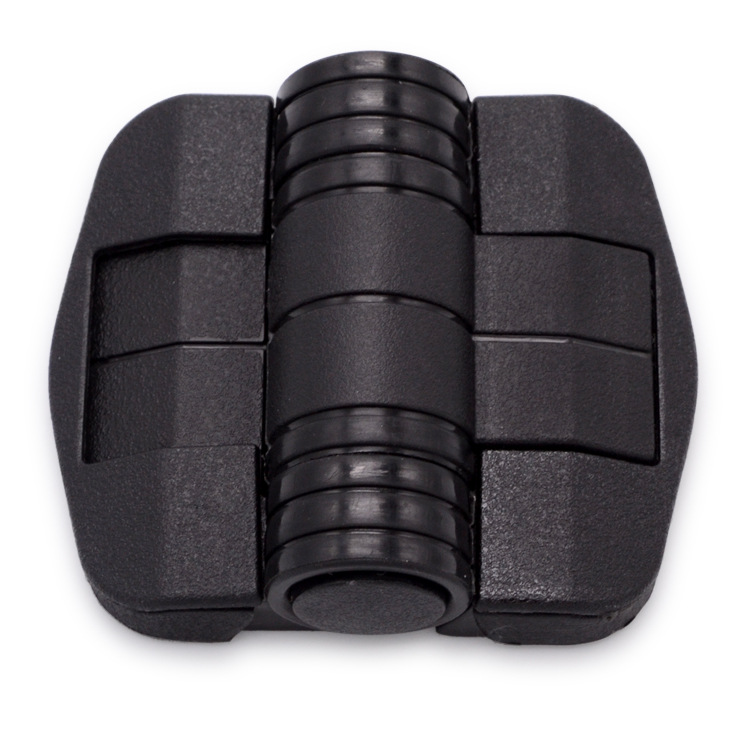
How do I choose the right fungus test chamber hinge?
Choosing the right fungus test chamber hinge is essential for ensuring accurate and reliable results in the laboratory. There are several factors to consider when selecting a hinge, including the size of the test chamber, the type of experiment being conducted, and the materials used in the hinge’s construction. It is essential to choose a hinge that is made from high-quality materials, such as stainless steel or other corrosion-resistant alloys, to ensure its longevity and durability. Additionally, the hinge should be easy to clean and maintain, and it should provide an airtight seal to prevent contamination.
How do I install fungus test chamber hinges?
Installing hinges can be a straightforward process, but it is essential to follow the manufacturer’s instructions carefully. The first step is to remove any existing hinges from the test chamber and prepare the surface for installation. The hinge should be positioned in the correct location and secured in place with screws or other fasteners. It is essential to ensure that the hinge is properly aligned and that it provides an airtight seal when the test chamber is closed. Once the hinge is installed, it should be tested to ensure that it is functioning correctly and providing a tight seal.
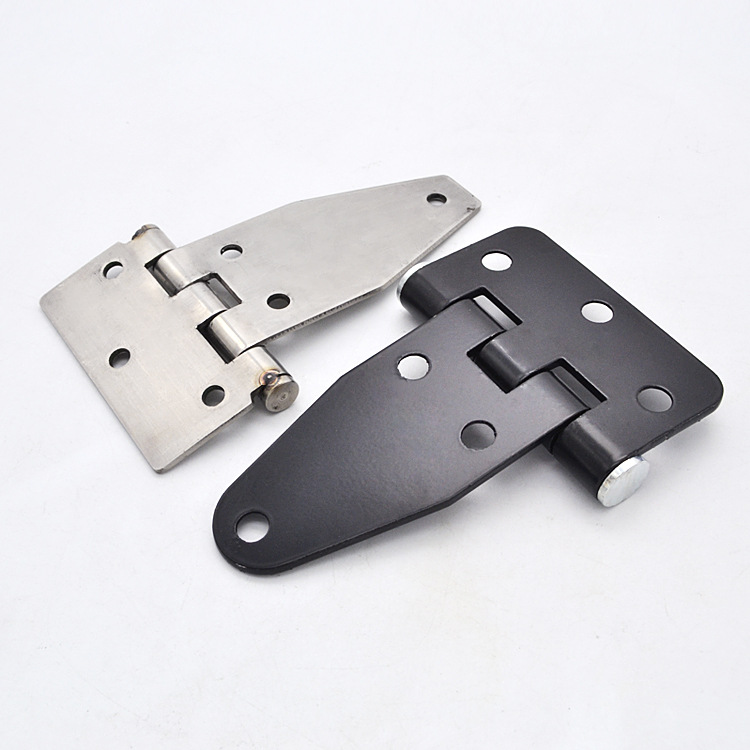
How do I maintain fungus test chamber hinges?
Maintaining fungus test chamber hinges is crucial for ensuring their longevity and reliability. The hinges should be cleaned regularly using mild detergent and warm water. And any buildup or debris should be removed with a soft brush or cloth. It is important to avoid using harsh chemicals or abrasive materials that could damage the hinge’s surface. Additionally, the hinge should be inspected regularly for signs of wear or damage. And any issues should be addressed promptly to prevent further damage or contamination. If the hinge is damaged beyond repair. It should be replaced immediately to ensure the accuracy of test results and prevent contamination in the laboratory.
In my personal experience. Fungus test chamber hinges are a critical component of laboratory equipment used for the cultivation and study of fungi. There are several factors to consider when selecting and maintaining a hinge. Including the materials used in its construction, the type of experiment being conducted, and the size of the test chamber. Proper installation and maintenance of the hinge are crucial for ensuring its longevity and reliability and preventing contamination in the laboratory. By understanding the most common and relevant questions related to fungus test chamber hinges. Laboratory personnel can select and maintain the appropriate hinge for their specific needs, ensuring accurate and reliable test results.

